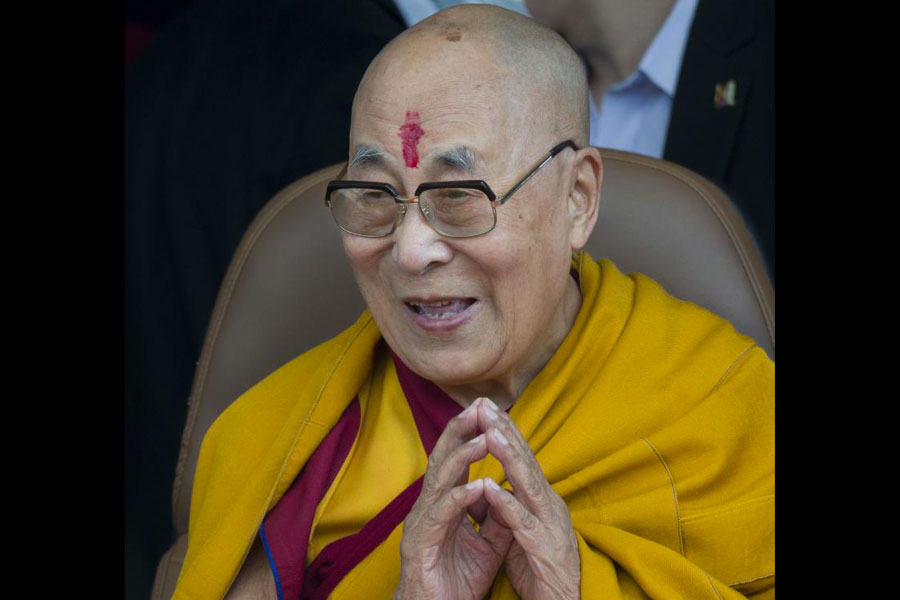During his decades living in exile, the Dalai Lama, the spiritual leader of Tibet, has published dozens of books — including two autobiographies and works on ethics, Buddhist philosophy and practice, and the overlap between religion and science. But he has rarely delved extensively into raw politics.
Now, in Voice for the Voiceless: Over Seven Decades of Struggle With China for My Land and My People, which comes out in March, he offers his first detailed account of his fraught negotiations with a succession of China’s leaders, from meeting with Mao Zedong when he was just 19, to his more recent attempts to communicate with President Xi Jinping and other Chinese officials.
It also delves into the Dalai Lama’s efforts to preserve Tibet’s unique culture, religion and language, and to ensure protections for Tibetans living under Chinese rule.
The book arrives at a particularly tenuous moment for the Tibetan people, with an ascendant China flexing its military and economic muscle around the world, and with Tibet’s ageing leader trying to ensure that Tibetans’ struggle for autonomy isn’t forgotten amid other global crises.
As he nears 90, the Dalai Lama writes, he aims to leave a record of his work, and guidance for those who take up the Tibetan cause after his death.
“Despite all the suffering and destruction, we still hold fast to the hope for a peaceful resolution of our struggle for freedom and dignity,” the Dalai Lama said in a statement.
“Drawing on the lessons learned from my decades of engagement with Beijing, the book also aims to offer some thoughts on what might be the way forward.”
He continued, “My hope is that the book will stimulate fresh thoughts and conversations today and provide a framework for the future of Tibet even after I am gone.”
Born into a farming family in 1935 in what was then northeastern Tibet, the Dalai Lama, Tenzin Gyatso, was recognised at age 2 as the reincarnation of the 13th Dalai Lama, and began monastic training and Buddhist studies.
When Chinese troops entered Tibet in 1950, he suddenly, at age 16, had to become Tibet’s political leader and guide the country through the crisis. Tibet’s right to independence has been in dispute ever since. In 1959, during the Tibetan uprising, the Dalai Lama fled the country for India, and he has never returned. “I had hoped that I would be able to go back at least once before I die,” he writes. “This is looking increasingly unlikely.”
In Voice for the Voiceless, the Dalai Lama describes the personal toll that came with bearing responsibility for leading Tibet from a young age.
He recalls meeting Mao, the Chinese Communist Party’s supreme leader, who revealed his disdain for Tibet’s deeply spiritual culture.
He describes how, after years of fruitless negotiations with Chinese leaders, he came to the decision that fighting for Tibetan independence was a lost cause. Instead, he began advocating for Tibetans to have cultural autonomy within China, rather than full independence.
He acknowledges that his moderate stance infuriated some Tibetans who felt he had abandoned their hope for restoring independence, and concedes that his approach has largely failed to get results. He also expresses his conflicting feelings about Tibetans who have self-immolated as a form of protest, noting that he sees their actions as a result of profound helplessness, even as he disagrees with their methods and insists on non-violent protest as the only morally defensible form of resistance.
In 2011, the Dalai Lama stepped down as the political leader of Tibet, paving the way for the Tibetan government in exile to elect its political leaders. He notes that his formal dialogue with the Chinese government over the status of Tibet stalled in 2010, but he continued to have informal and sometimes confidential contact with Chinese leaders until 2019.
New York Times News Service











